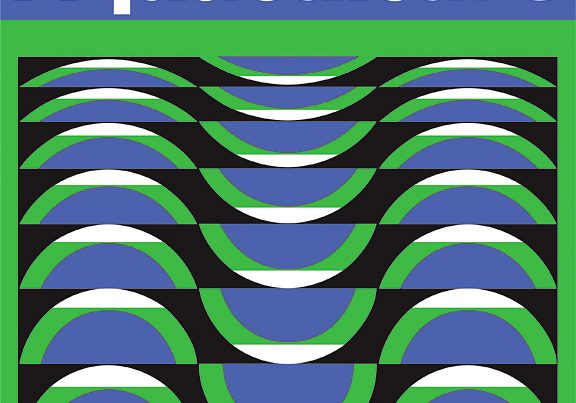Document type: scientific journal online pre-publication in the Journal of Dairy Science
Authors: P. J. Galama, W. Ouweltjes, M. I. Endres, J. R. Sprecher, L. Leso, A. Kuipers, M. Klopčič
Preview: The objective of this review was to describe recent changes and expected developments in housing systems for dairy cows. These new developments should create an appropriate production environment for modern high-producing dairy cows and stimulate dairy farming-related developments in management, agro-technology, and equipment. Increased labor efficiency has been an important driver of the change from tie-stall barns to cubicle barns (also known as freestall barns). In future housing systems, the natural behavior of cows, climate control, emissions of ammonia and greenhouse gases, reuse of waste, manure quality, the aesthetics of buildings in the landscape, and capital efficiency are becoming increasingly important elements. To address future requirements, new concepts beyond cubicle barns must be developed. Freewalk housing systems; that is, loose housing systems without cubicles, would meet some of these future demands. These systems operate with composting bedding material or artificial permeable floors as lying and walking areas. However, these barns are still in development. Combinations of cubicle and freewalk housing systems, together with other techniques being developed, might become a major future housing system. Other techniques and systems that are being explored according to sustainability criteria include the multi-climate shed, the CowToilet (Hanskamp AgroTech, Doetinchem, the Netherlands) to separate feces and urine, and multifunctional buildings. These buildings and techniques can be part of land-based or, less commonly, city-based farming systems, such as floating farms.




